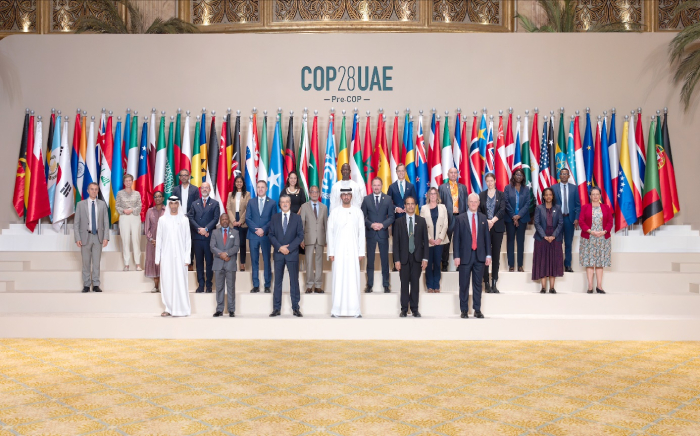For the past few seasons, terms like "quiet luxury" and "ladylike" have dominated fashion trends, reinforcing the reign of the neo-minimalist movement. But is this era coming to an end? Historically, maximalism emerged as a reaction to minimalism, and now it seems to be making a comeback.
Leading the charge is French designer Olivier Rousteing, who has been at the helm of Balmain since 2011. He, along with a new generation of stylists, argues that the rigid codes of minimalism stifle creativity.
Maximalism, a term synonymous with Baroque art, took its place in art history in the 17th century, representing excess, opulence, and the power to astonish. Fashion, which began defining its modern-day codes in the 1950s, saw minimalism dominate for decades. However, by the 1980s, designers such as Gianni Versace, Jean Paul Gaultier, and Christian Lacroix ushered in a new maximalist era in reaction to the minimalist aesthetic.
Dubbed the "aesthetic of excess," this movement pushed creative boundaries to their limits. While Lacroix struggled to translate his extravagant haute couture into ready-to-wear success, Gaultier and Versace cemented their influence in the fashion world with their bold styles.
Since fashion is synonymous with constant change, we may once again be heading toward a minimalism-versus-maximalism battle.
The first signs of rebellion came from Alessandro Michele’s Valentino show, where he reintroduced the dazzling bourgeois woman of the 1970s in his Spring/Summer 2025 collection. In a recent analysis, Nelly Rodi, one of the world's leading trend forecasting platforms, emphasized how contemporary global events continue to shape art and fashion.
Rodi suggests that Europe’s recent political landscape has sparked nostalgia for its past golden days, a sentiment that is now influencing designers. According to the report, the world’s current turmoil is driving a collective need for emotional release, making a maximalist explosion in fashion inevitable.
Irish designer Jonathan Anderson, who heads his eponymous brand, hinted at this shift with his Spring/Summer 2025 menswear collection, inspired by music festivals and bursting with super-positive energy. The minimalist aesthetic of Scandinavian design may soon be taking a backseat.
Exaggerated silhouettes, voluminous cuts, a return to printed fabrics, and bold color contrasts—while these ideas are still being debated in the design studios of luxury brands, they are likely to hit the streets before long.
Gucci and Louis Vuitton have already signaled a U-turn in their recent runway shows. The long-outdated logo detailing on leather goods is making a comeback, clearly appealing to a certain segment of consumers.
Considering the luxury sector's decline in consumer spending over the last three quarters of 2024, this shift may also be driven by anxious executives at the top, eager to rekindle interest and demand.

 Back to Blog
Back to Blog











